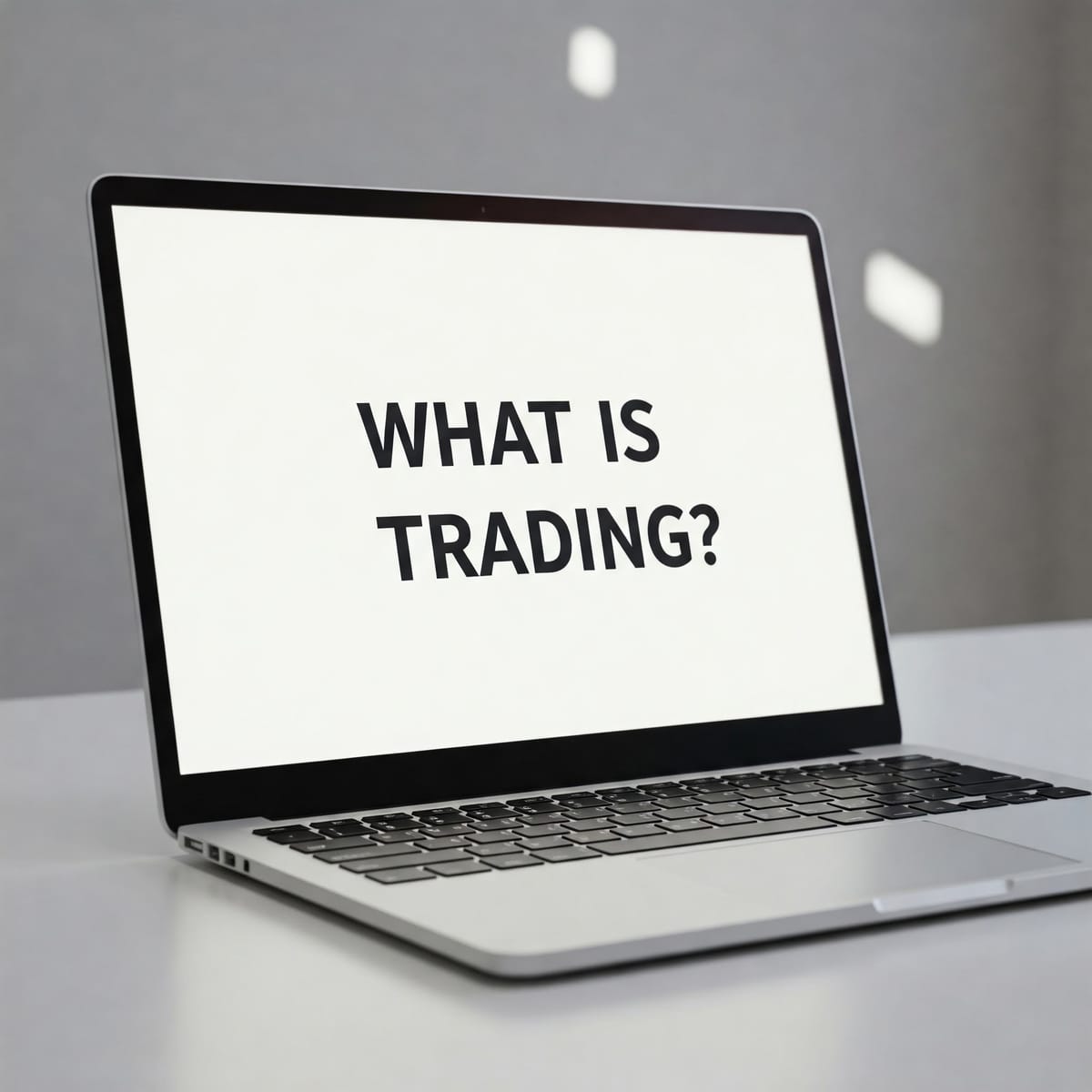Crypto Trading 101: Understanding Spot, Futures, and Options

Introduction
Trading is a cornerstone of the crypto ecosystem. Whether you're a long-term investor or an active trader, understanding the various trading methods is crucial for making informed financial decisions. This guide delves into the primary types of trading (spot, futures, and options), explaining their mechanics, advantages, and potential pitfalls. We'll also explore essential concepts like funding rates, liquidation, and the insurance fund to equip you with a comprehensive understanding of crypto trading.
What Is Trading?
In the crypto realm, trading involves buying and selling digital assets to capitalize on price fluctuations. Unlike long-term investing, trading often focuses on short-term market movements, requiring a keen understanding of market trends, technical analysis, and volatility.
Types of Crypto Trading
Spot Trading
Spot trading is the most straightforward form of crypto trading. It entails buying or selling an asset at its current market price, with immediate settlement.
Pros:
- Direct ownership of the asset.
- Simplicity and ease of understanding.
- No risk of liquidation.
Cons:
- No leverage, limiting potential profits.
- Less effective in stagnant or declining markets.
Example: You buy 1 ETH at $3,000. If ETH rises to $3,500, you make $500 profit. If it drops to $2,800, you incur a $200 loss (but if you do not sell it, this is an unrealized loss).
📚 Learn More: 🔗 How to Build a Spot Trading Strategy
🔗 How Mitosis Enables Seamless Cross-Chain Spot Trading: Mitosis aggregates liquidity across chains, allowing traders to execute spot trades without bridging assets manually. This enhances capital efficiency and trade execution across ecosystems. Read More
Futures Trading
Futures trading allows you to speculate on the price movement of a crypto asset without owning it. You can take:
- 📈 Long positions if you anticipate a price increase.
- 📉 Short positions if you expect a price decrease.
Trades are typically executed using USDT or USDC as margin, and leverage enables you to control larger positions with smaller capital outlay.
Futures as a Zero-Sum Game: In futures trading, one trader's gain is another's loss. The exchange acts as a facilitator, matching trades and collecting fees.
Leverage and Liquidation
Leverage amplifies both potential profits and losses. For example, with 10x leverage, a $100 deposit allows you to control a $1,000 position. If the price drops 10%, your entire $100 is liquidated.
Example: BTC is at $30,000. You go long $1,000 with 10x leverage (position = $10,000). If BTC drops 10% to $27,000, your position gets liquidated.
📚 Learn More:
Mitosis Integration Example: Using Mitosis, a trader on Polygon can access futures on another chain (e.g., zkSync) without bridging assets manually. This enables faster response to market opportunities and reduces slippage.
Where Does the Money Go When You Get Liquidated?
Liquidation proceeds typically go to:
- ✅ The winning trader.
- ✅ The exchange (fees).
- ✅ The insurance fund, which absorbs excess losses.
The Role of the Insurance Fund
What Is the Insurance Fund? It’s a safety net that covers shortfalls in liquidations due to slippage or volatility.
When Does It Activate?
- When liquidation can't be completed at a price that preserves margin.
- Helps ensure winning traders are paid.
- Prevents Auto-Deleveraging (ADL).
Funding Sources:
- Residual liquidation balances.
- Exchange fees.
- Manual top-ups.
🧠 Related Topics:
Funding Rate
The funding rate is a periodic payment between long and short positions in perpetual markets to keep them aligned with spot prices.
- If the rate is positive, longs pay shorts.
- If negative, shorts pay longs.
Example: A $10,000 long position with 0.01% funding = $1 payment every 8 hours to shorts.
📘 Deep Dive:
Options Trading
Options are contracts granting the right (not obligation) to buy or sell an asset at a specific price before a set date.
Types of Options:
- Call Option: Bet price will rise.
- Put Option: Bet price will fall.
Pros:
- Strategic flexibility.
- Limited downside.
Cons:
- More complex.
- Limited DeFi liquidity.
Example Strategy: You hold ETH at $3,000 and buy a $2,800 put. If ETH crashes, the option protects your position.
📚 Strategy Guide:
Mitosis Use Case: A trader on Arbitrum wanting to hedge risk using an options vault on Avalanche can route funds via Mitosis to deposit and hedge in real-time without bridging delays.
The Role of Mitosis in Modern Crypto Trading
Mitosis provides the infrastructure to unify fragmented liquidity across chains, this is critical in both spot and derivatives markets. Whether you're trading on-chain or using leveraged products, Mitosis helps you move capital with minimal friction via:
- 🚀 Universal Liquidity Layer
- 🔁 Cross-Chain Messaging for DeFi Apps
- ⚙️ DEX Aggregation and Automation Tools
🔍 Imagine you're on Arbitrum with USDC but want to long ETH on Optimism via a derivatives protocol. Mitosis helps you bridge and swap efficiently—no manual steps, no delays.
This cross-chain agility empowers traders to seize opportunities wherever they arise, without being bound by one ecosystem.
📚 Learn More: 🔗 How Mitosis Powers Cross-Chain DeFi
Conclusion
Crypto trading spans a wide spectrum—from simple spot trades to complex futures and options strategies. Each comes with its risks, tools, and nuances. But thanks to Mitosis, traders can now access deeper liquidity, deploy capital efficiently, and execute trades across chains without friction.
💡 Remember: “It’s all about the money flow and risk management—Mitosis just makes it smarter.”
References
- Spot Trading Strategies – Mitosis Docs
- How Mitosis Enables Seamless Cross-Chain Spot Trading
- Futures Trading 101 – Mitosis Docs
- Understanding Liquidation in Crypto – Mitosis Docs
- The Role of Futures in Crypto – Mitosis Docs
- How Futures Insurance Funds Work – Mitosis Docs
- How Insurance Funds Ensure Stability – Mitosis Docs
- What is the Funding Rate in Crypto? – Mitosis Docs
- Managing Leverage and Funding – Mitosis Docs
- Options Trading Basics – Mitosis Docs
- Hedging with Options – Mitosis Docs
- How Mitosis Powers Cross-Chain DeFi


Comments ()